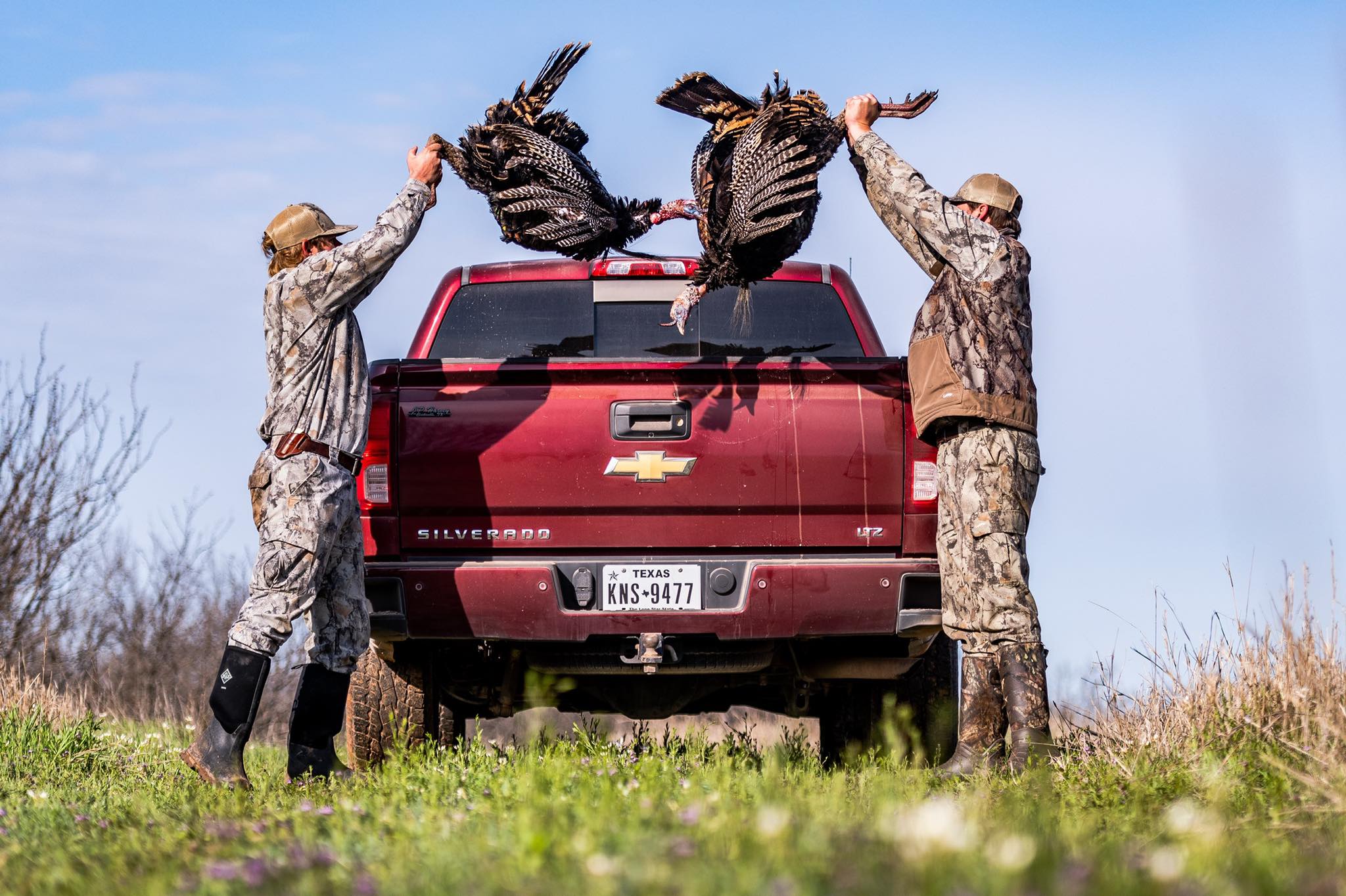Hunting on public land during spring can be both rewarding and challenging. While the open access of public land offers fantastic opportunities for hunters, it also comes with a downside: increased hunting pressure. When the spring season opens, competition can be fierce, and many hunters find themselves frustrated by the presence of other hunters in the same areas, spooked game, and dwindling opportunities.
The key to a successful public land hunt in spring isn’t just about scouting game — it’s about finding those hidden, less-pressured spots where wildlife feels undisturbed and natural patterns remain intact. In this detailed guide, we’ll explore how to identify and access those under-the-radar hunting areas to increase your chances of success this spring.
1. Understand Hunting Pressure and Its Impact
Hunting pressure affects animal behavior significantly. When game animals sense increased human activity, they adjust their patterns to avoid disturbance. This means that heavily hunted areas often push animals into more remote, harder-to-access zones.
In the spring, turkeys, deer, and other game will instinctively move to quieter areas after the first wave of hunters has passed through. They might shift their bedding areas, feeding grounds, and travel routes. Understanding how animals respond to pressure is the first step in outsmarting other hunters.
2. Start with Digital Scouting
Modern technology gives hunters a significant advantage when it comes to locating overlooked areas. Before setting foot in the field, use digital tools to narrow down your search:
- OnX Hunt – This app provides detailed public land boundaries, topographical data, and even satellite views to help you find hidden pockets.
- Google Earth – Use satellite imagery to identify terrain features such as ridges, water sources, and tree lines where animals might seek refuge.
- State Wildlife Maps – Many states offer detailed maps of public hunting land, including information about access points and designated hunting zones.
What to Look For:
✔️ Areas without direct road access
✔️ Thick cover or broken terrain
✔️ Water sources (creeks, ponds, and marshes)
✔️ Natural barriers (steep hills, rocky outcrops)
✔️ Transitions between different types of vegetation
3. Target Hard-to-Reach Areas
Most hunters stick close to easy access points — parking lots, trailheads, and established footpaths. To avoid the crowds, you need to go farther and work harder:
✅ Hike in further – Game often retreats to areas beyond the reach of casual hunters. A mile or two of extra hiking can put you in prime hunting territory.
✅ Cross difficult terrain – Steep ridges, thick brush, and swamps often discourage other hunters. These are exactly the types of areas where pressured game will seek refuge.
✅ Avoid obvious entry points – If there’s a well-worn trail or a nearby road, chances are other hunters have already passed through. Instead, find a less obvious route in.
Example:
If you notice a thick cluster of trees separated from a popular trail by a steep ravine, that’s likely where deer or turkey might retreat when the pressure increases. Most hunters won’t bother climbing the ravine — but you should.
4. Look for Secondary Food Sources
In spring, game animals are focused on feeding and recovering from the harsh winter months. Most hunters target obvious food sources like large fields and oak stands, but experienced hunters know that pressured game often shifts to smaller, less obvious feeding areas:
- Young green shoots in the understory of a forest
- Berry patches or wild fruit growth
- Natural clearings where tender spring grasses are emerging
These secondary feeding areas are often overlooked and tend to attract game that has been pushed away from more obvious food sources.
5. Focus on Mid-Day Hunting
Many hunters hit the woods early in the morning and head back by mid-morning when activity seems to slow down. However, game — particularly turkeys and deer — will often become active again later in the morning and early afternoon, especially in less-pressured areas.
Why Mid-Day Works:
- By mid-morning, many hunters have left, reducing human scent and noise.
- Turkeys often regroup and become more vocal in the late morning hours.
- Deer and other game will feel safer moving through the woods once the early-morning pressure has subsided.
By targeting these quieter mid-day windows, you’ll capitalize on the natural movement of game that other hunters are missing.
6. Adjust Your Calling and Movement Strategy
Overcalled game is wary game. After a few days of pressure, turkeys and deer become cautious and less responsive to aggressive calling. Adapt your approach by:
- Using soft, natural calls – Instead of loud, aggressive yelps or rattling, try soft purrs, clucks, or subtle grunts.
- Spacing out your calls – Let the woods breathe. Overcalling makes you sound unnatural and can scare off experienced game.
- Stay patient – In pressured areas, game animals are slower to approach. Give them time to feel comfortable before moving.
7. Hunt the Weather and the Wind
Spring weather is unpredictable, but savvy hunters know how to use it to their advantage:
- Rainy Days – Light rain quiets the woods and makes it easier to move without being detected. Turkeys often feed more actively in the rain.
- Windy Conditions – Use the wind to your advantage by positioning yourself downwind from game trails. Deer and turkey rely on their sense of smell — approaching from the right angle gives you an edge.
- Cool Mornings – Animals tend to be more active when temperatures are cool. Hit the woods early after a cool, clear night.
8. Find Hidden Access Points
Most hunters use the same parking lots and access points. To find less-pressured areas, look for overlooked or alternative access routes:
- Secondary trails – These might not be marked on official maps but could provide a backdoor into a prime area.
- Adjacent public land – Sometimes neighboring state or federal land is open to hunting but receives far less pressure.
- Water Access – Kayaking or canoeing into a hunting area can give you access to zones that are otherwise unreachable by foot.
9. Be Willing to Adjust Quickly
Public land hunting requires flexibility. If you arrive at a spot and find more pressure than expected, be prepared to:
- Move to a backup location
- Change your entry point
- Adjust your calling and hunting strategy
- Hike deeper or explore harder-to-reach areas
The ability to adapt quickly separates successful hunters from those who go home empty-handed.
10. Track and Learn from Each Hunt
Successful hunters keep records of their hunts — even the ones that don’t go as planned. Tracking your success and failures will help you improve:
- Mark high-pressure zones and quiet areas on your hunting app.
- Record weather conditions and how game responded.
- Note which calls and techniques worked and which didn’t.
Over time, you’ll build a knowledge base that allows you to outsmart both the game and other hunters.
Conclusion
Spring hunting on public land comes with its share of challenges — but it also offers incredible rewards for those willing to put in the work. By focusing on overlooked areas, adjusting your strategies to match hunting pressure, and using technology to guide your decisions, you can find those less-pressured pockets where game feels secure.
Success in spring public land hunting isn’t about luck — it’s about preparation, patience, and the willingness to go the extra mile. So lace up your boots, grab your gear, and start exploring those hidden corners of public land. The best hunting spots are the ones other hunters haven’t discovered yet.


